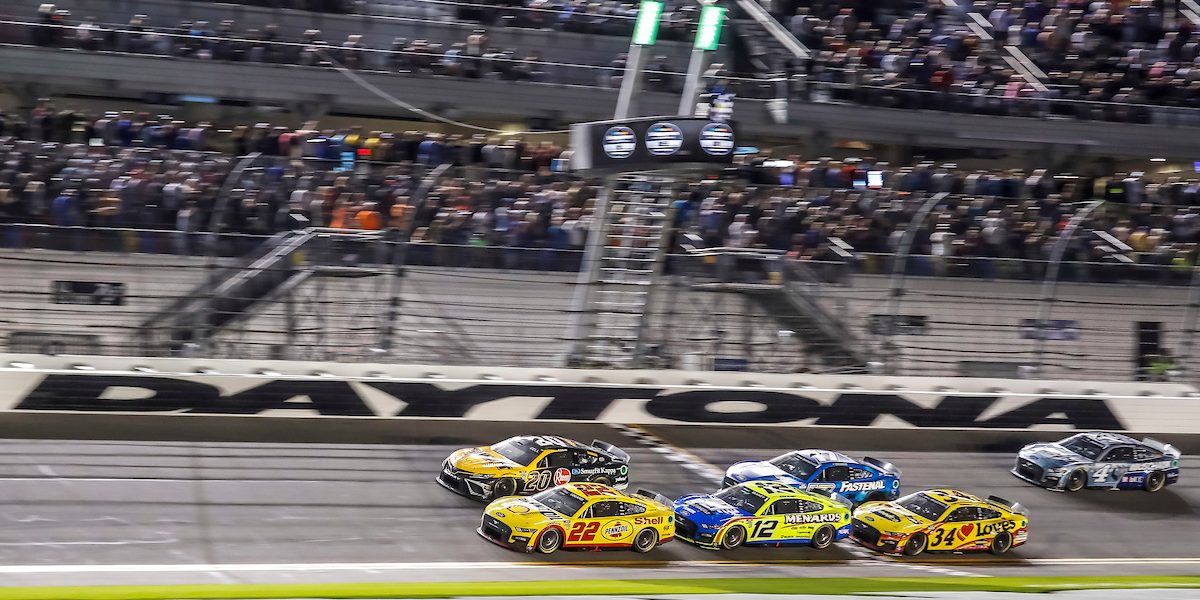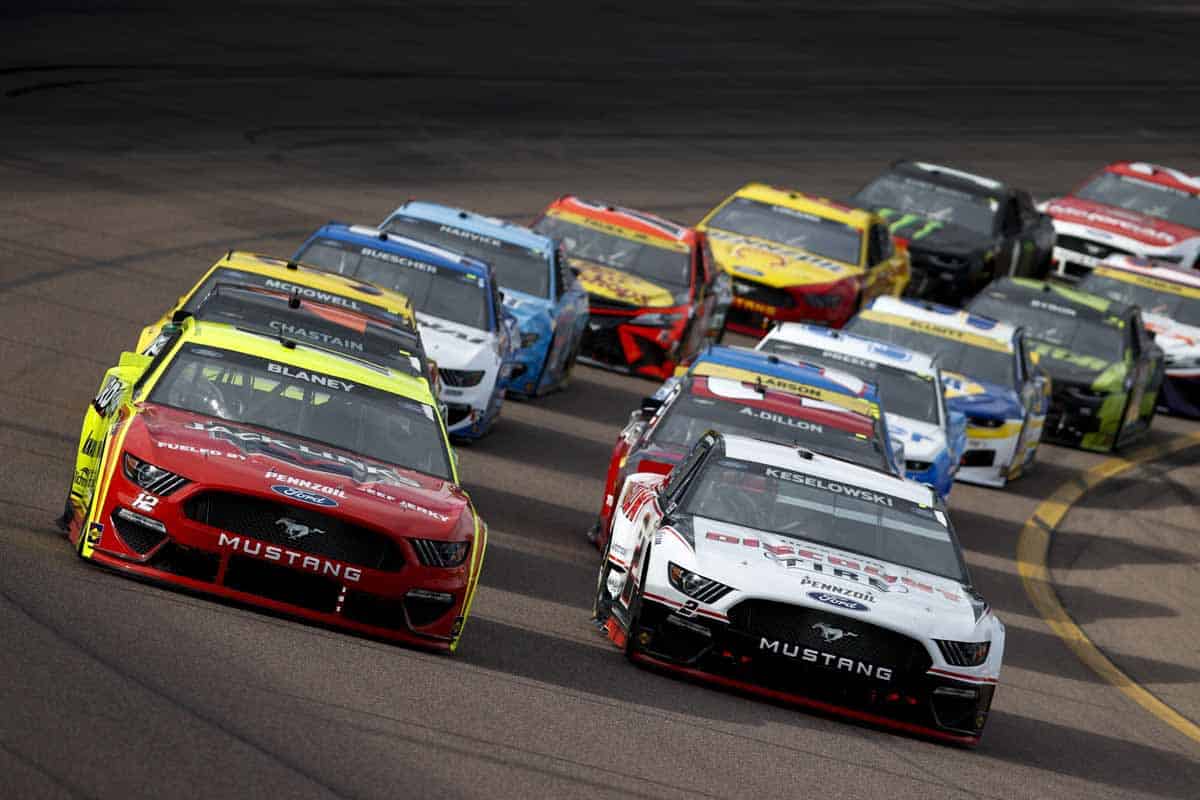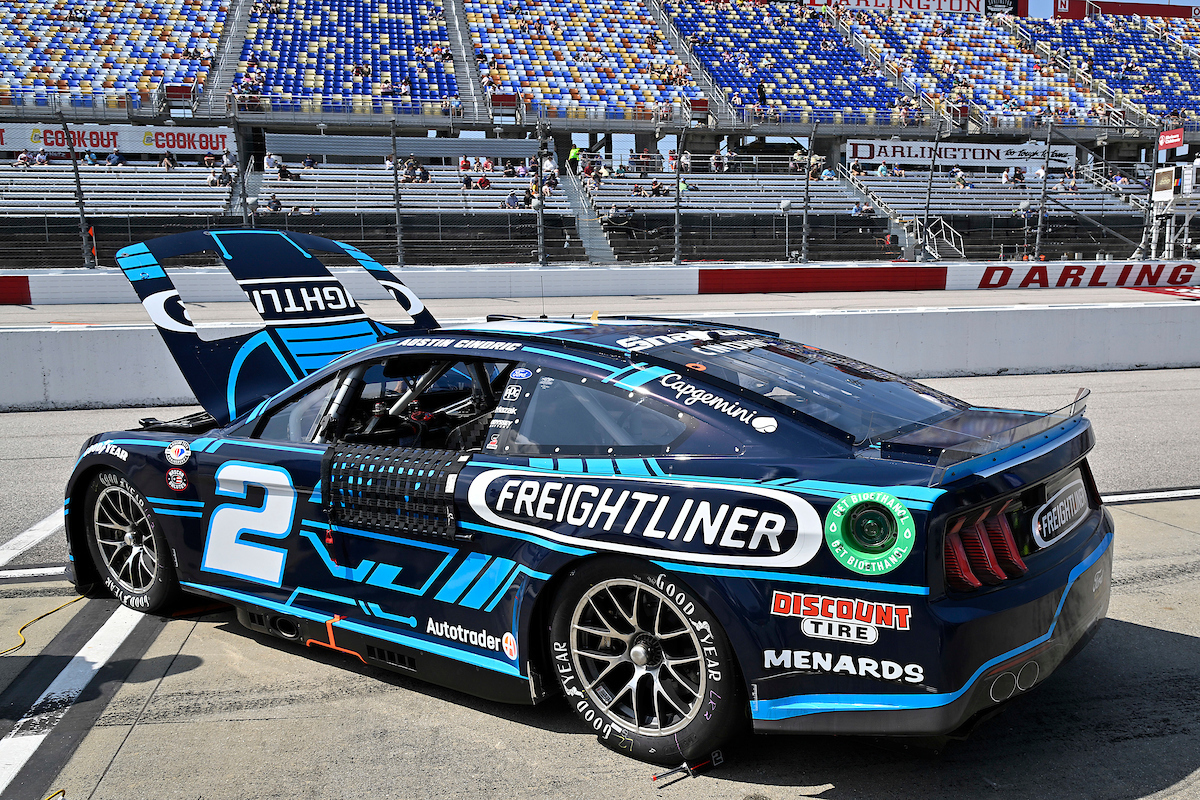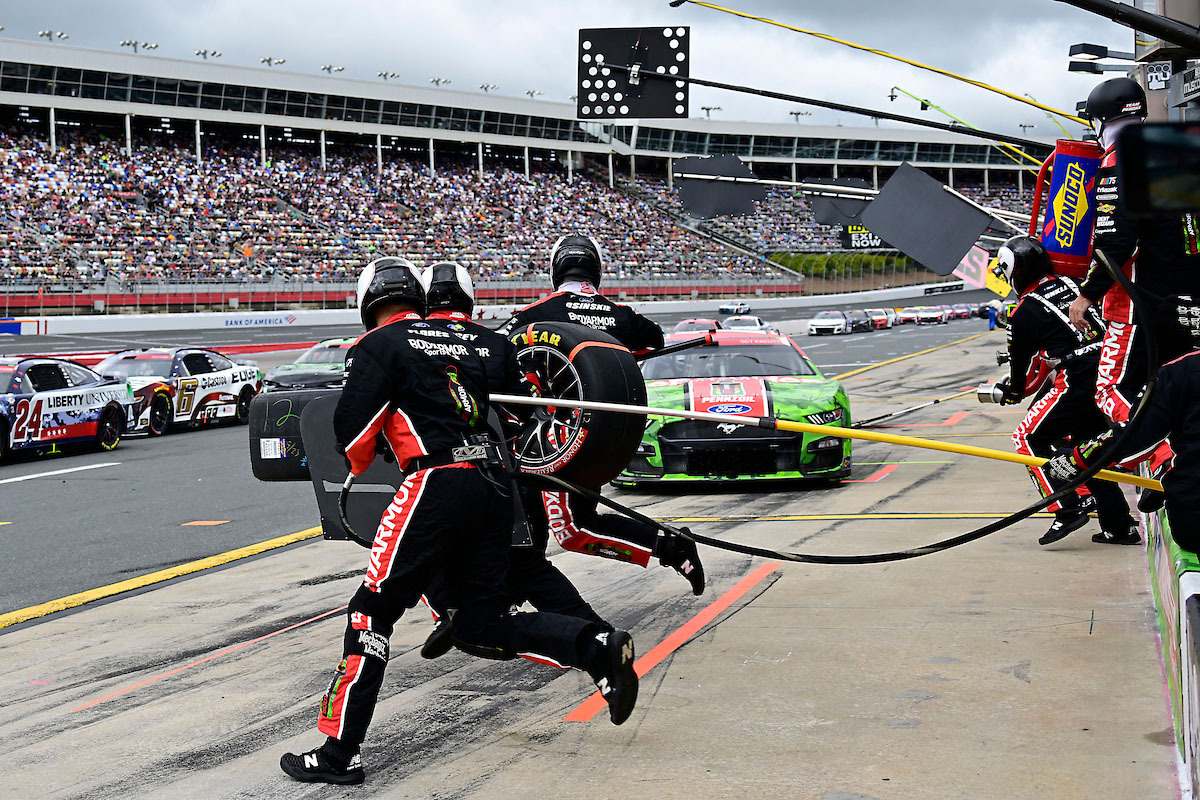Is NASCAR faster than F1?


You’ve likely wondered, when it comes to motor racing, is NASCAR faster than F1?
Formula 1 cars, on average, have higher top speeds and achieve quicker lap times than NASCAR vehicles due to their lighter weight and aerodynamic efficiency.
In this article, we’ll dive deep into the nuances of both racing forms, comparing their speeds, design principles, racing conditions, and much more.
Table of Contents
A Detailed Explanation
The Core Differences in Design
While both NASCAR and F1 cars are designed for high-speed racing, their engineering focuses on different priorities. Formula 1 cars emphasize aerodynamic efficiency and lightweight design. This means they have a lower drag coefficient and can make quick direction changes. NASCAR vehicles, on the other hand, are heavier and built for endurance on oval tracks.
Speed and Track Conditions
F1 circuits are diverse, with a mix of straights, sharp turns, and complex sequences. This design demands F1 cars to balance speed and agility. NASCAR races primarily on oval tracks, where consistent high-speed endurance is key. Although NASCAR vehicles can achieve high speeds, they often don’t match the top speeds of F1 cars due to their heavier weight and less aerodynamic design.
Racing Strategies
The strategy employed during races also influences speed. F1 teams often prioritize tire management, pit stop timing, and fuel efficiency. In contrast, NASCAR drivers focus on drafting (using the slipstream of the car in front to gain speed) and position jockeying, especially during the final laps.
Here’s everything else you’ll need to grasp the bigger picture.
How Driver Skills Influence Speed
While vehicles play a significant role in determining speed, the skill of the driver is equally crucial. F1 drivers train rigorously in simulators to anticipate every track twist, while NASCAR drivers hone their skills in maintaining consistent speeds and mastering overtakes on oval tracks.
Technological Advancements and Speed
Racing isn’t just about the car and driver; it’s also about the technology behind them. Formula 1 is often seen as the pinnacle of racing technology, with teams investing millions in R&D annually. This often results in faster lap times and innovative techniques. Meanwhile, while NASCAR has its technological advancements, the focus is more on durability and race strategy.
The Role of Race Regulations
Both NASCAR and F1 operate under strict regulations that can influence speed. For instance, restrictions on engine size, fuel type, and car modifications can play pivotal roles in how fast a car can go during a race. Understanding these nuances is key to appreciating the intricate balance between speed, safety, and competition.
The Economic Factor
Budget and Speed
Formula 1 teams, with their massive budgets, have the capacity to invest heavily in research, development, and technology. Teams such as Mercedes, Ferrari, and Red Bull spend hundreds of millions each year, leading to cutting-edge cars that push the limits of speed. In contrast, while NASCAR teams do have substantial budgets, they often don’t reach the dizzying heights of F1 financing, which may limit the extent of technological advancements focused solely on speed.
Sponsorships and Speed
Both NASCAR and F1 heavily rely on sponsorships, but the influence on speed is indirect. Sponsorships can provide the funds needed for better R&D, which can subsequently lead to faster cars. The visibility of sponsors’ logos at higher speeds may also be a factor, especially for F1 cars, where branding is highly visible during televised overtakes.
Audience Impact on Race Dynamics:
NASCAR, primarily an American sport, caters to a different audience than the globally-watched F1. This difference can indirectly affect speed. For example, NASCAR races, with their frequent close-pack racing and overtakes, provide constant entertainment. In contrast, some F1 races, especially on street circuits, might have fewer overtakes, focusing more on strategy and the sheer spectacle of speed.
Track Surface and Tyre Choices
Grip and Speed
The type of asphalt, track temperature, and even track age can influence grip levels. F1 and NASCAR races use different tire compounds that respond variably to these conditions. More grip usually allows for faster cornering speeds.
Tyre Strategies
Formula 1 has multiple tire compounds available during a race weekend, allowing teams to strategize when to use which compound for optimum speed. NASCAR also has tire strategies, especially concerning when to pit for fresh tires, but the choices are generally less complex than in F1.
Track Evolution
Over a race weekend, as more rubber is laid down, the track “evolves,” generally offering more grip and potentially higher speeds. Both F1 and NASCAR drivers need to adapt to these changing conditions to maintain peak performance.
Is NASCAR faster than F1?- Final Thoughts
Navigating the intricacies of NASCAR and F1 racing is like comparing apples to oranges. While at a glance, Formula 1 appears faster due to its top speeds and rapid lap times, NASCAR offers a unique blend of strategy, endurance, and raw power. Both sports, with their distinct charm, draw millions of fans globally. As you dive deeper into the world of motor racing, you’ll appreciate the nuances that make each race form unique and exhilarating. Keep the throttle open, and enjoy the ride!
Is NASCAR faster than F1?- FAQs
Are F1 cars more technologically advanced than NASCAR vehicles?
Yes, F1 cars are generally considered the pinnacle of racing technology, though NASCAR vehicles have their own set of advanced features tailored for their race conditions.
Why do F1 cars seem to have more overtakes than NASCAR?
It’s not always the case. While F1 has visible overtakes on straights due to DRS and speed differences, NASCAR has close-pack racing with frequent position changes, especially on restarts.
How do pit stops differ between the two?
F1 pit stops are incredibly quick, often under 3 seconds, focusing on tire changes. NASCAR pit stops are longer, involving refueling and more extensive adjustments.










